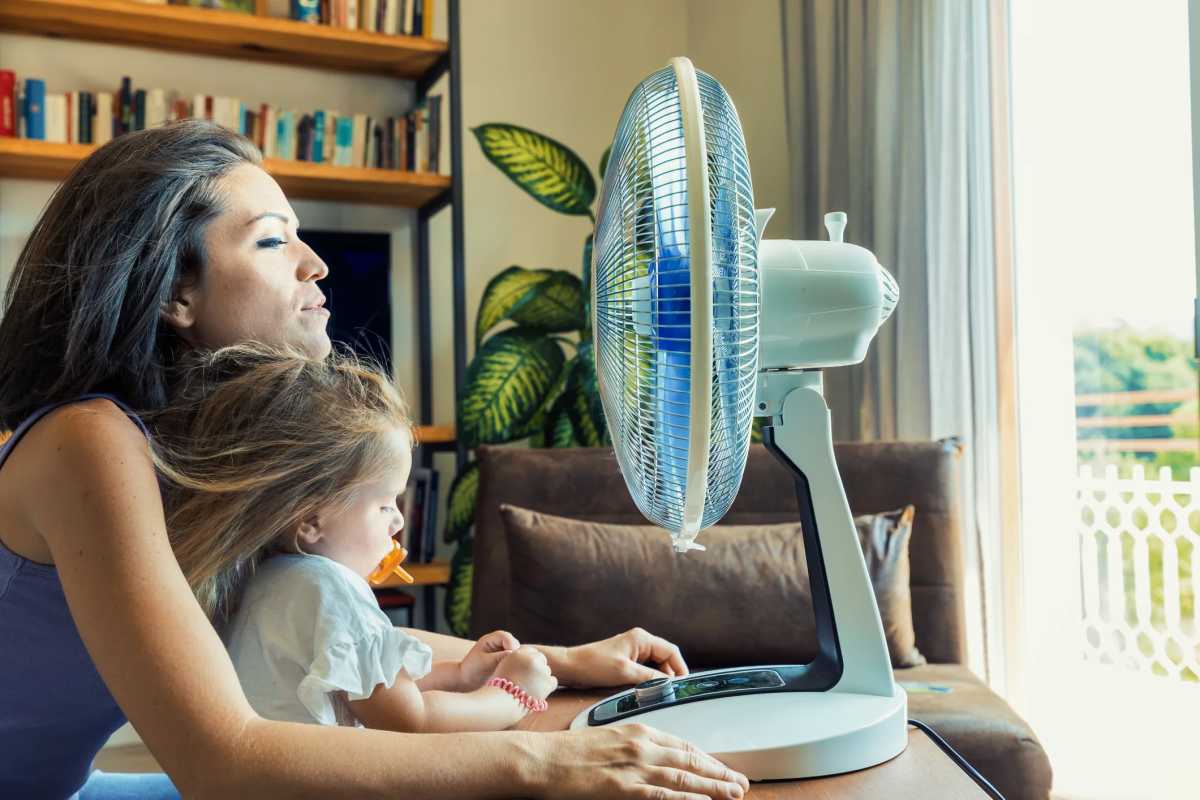Ear infections are the number one cause for pediatric visits in the United States. With an estimated 15 to 20 million trips made annually to doctors nationwide, it’s important for parents to know the symptoms, treatments and tips for prevention.
Who is at Risk
Ear infections are most frequently experienced by children less than 6 years of age (though older kids and adults can still get them). According to Katrina Stidham, M.D., Chief of Neurotology at Westchester Medical Center, “the highest peak of middle ear infections, also known as acute otitis media (AOM), occur in children 6 to 18 months of age, with a second but lower peak in children around 3 to 5 years of age.” The second peak usually coincides with kids going into preschool or kindergarten.
Why?
Stidham says these ear infections are caused by bacteria or viruses that invade the space behind the eardrum, and can often happen at the same time as a throat or upper respiratory infection. “The Eustachian tube, a tiny tube that connects the back of the nose to the middle ear gets congested or swollen, often secondary to other cold or allergy symptoms. This leads to the pathogen getting trapped in the middle ear, setting the ear up for an infection,” she explains.
One of the reasons ear infections are so prevalent in children is because the Eustachian tube is much smaller and more horizontal in children. “It is easier for the Eustachian tube to get congested and blocked and it’s also more facile for bacteria to track up the tube into the middle ear,” says Stidham.
Once the infection takes hold, it leads to pus filling the middle ear, resulting in the symptoms that are commonly associated with ear infections: ear pain, fever, irritability and poor sleeping (particularly in a young child), tugging at the ear, decreased hearing and loss of balance. Stidham says there can also be drainage of fluid from the ear, but “this usually occurs when the infection is severe enough to rupture the eardrum.”
What to Do
Parents who notice the symptoms of an ear infection should make an appointment with a doctor as soon as possible to get it diagnosed, but there are things you can do at home to help with the pain if needed. Stidham recommends acetaminophen or ibuprofen for pain management, as well as and fever management if a child has a temperature. “A heating pad or warm wash cloth over the affected ear may also be soothing,” she says.
Antibiotics are commonly prescribed for ear infections, but Stidham says that the American Academy of Pediatrics has specific guidelines recommended for treating them. The guidelines state that for children less than 2 years old with a definitive infection, antibiotics are always recommended. For children that are older than 2 with severe symptoms, antibiotics are also recommended. But for children older than 2 with milder symptoms, or if a diagnosis is uncertain, observation and a follow-up in 48 hours is recommended because the infection may resolve itself.
Other Treatment
Unfortunately, there are children who suffer through frequent ear infections, and for them, other treatments may need to be considered – most commonly tubes. “These are tiny little tubes that are placed through the eardrum that ventilate the middle ear. They are used to drain fluid or pus from the middle ear, or to prevent future ear infections,” says Stidham. She says the placement of the tubes requires a very small procedure, and the eardrum gradually pushes the tubes out into the ear canal and heals, usually in one to three years.
Very specific guidelines are used when considering tubes to treat repeated infections. Stidham says recurrent AOMs are defined as three or more infections within six months, or four or more infections in the past year with a least one infection in the last six months.
Prevention
There are some proactive steps you can take to try and prevent ear infections in your children. “Breastfeeding babies can improve immunity and decrease infection risks. Also, for children with a history of early infections, delaying daycare, when possible, can decrease risks,” says Stidham. She also recommends getting vaccinated for pneumococcus and flu, and eliminating exposure to passive smoke. Of course, talk with your doctor about any concerns you may have.
Andrea White is a freelance writer based in Edgemont.
Katrina R. Stidham, M.D.,is a fellowship-trained neurotologist and skull base surgeon practicing medical and surgical otology. She is the Chief of Neurotology at Westchester Medical Center (WMC) and an associate professor in the departments of Otolaryngology and Neurosurgery at New York Medical College. She also serves as the Medical Director of the Balance Center at Westchester Medical Center and the Director of the Cochlear Implant Program at WMC and Maria Fareri Children’s Hospital. Stidham received her medical education at Duke University School of Medicine, completed her residency at Stanford University Hospital and fellowship at California Ear Institute at Stanford. She specializes in care of pediatric and adult patients with a complex variety of ear related diagnoses including ear infections, cholesteatoma, hearing loss and dizziness.












